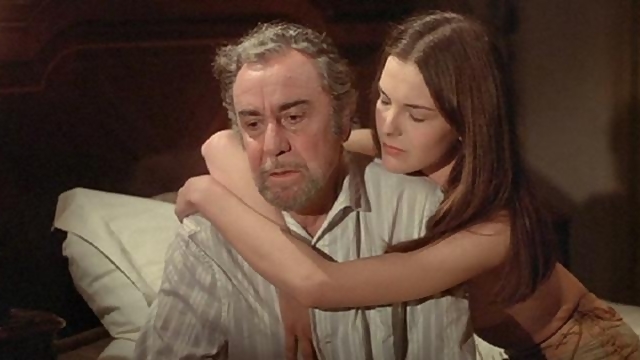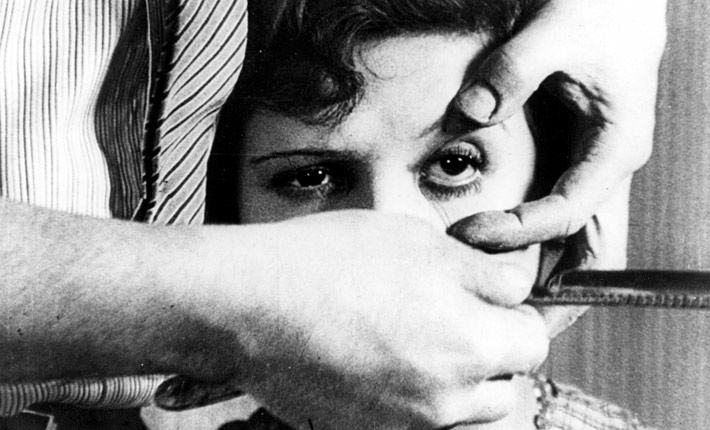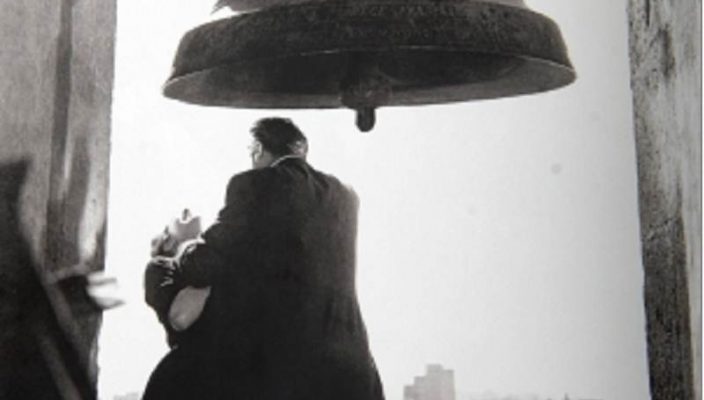That Obscure Object of Desire
1977, TSPDT Rank #574

Quest Status: #687 / 1000
The theme of old men obsessed with young women is a common theme in Luis Buñuel's films. Often, in films like El or Tristana, there was an element of social critique embedded within the story. But That Obscure Object of Desire is all the more interesting because it's an old man's film, Buñuel's last. As an old man, in this film Buñuel takes aim at his main character's naivety. He lusts after a beautiful young woman who willingly gives herself to him, proclaiming that she loves him, although she refuses to give him everything - leaving his desires perpetually unfilled. Did Buñuel feel sorry for this old man, played with an abundance of self-pity by Fernando Rey? It's hard to say. Maybe on some level, he did. But the old man's obsession with terrorist attacks also resonates with his unrequited relationship, in typical Buñuelian style. His inability to comprehend the constant terrorism around him is similar to his inability to understand his mistress' inaccessibility. She might really be the death of him, but why? Is her careless manipulation of him on the same level as the terrorists who seem so eager to undermine society for no detectable reason? As usual, even in his final film, Luis Buñuel was not about to give viewers any easy answers.
Los Olvidados
1950, TSPDT Rank #130

Quest Status: #688 / 1000
Luis Buñuel is known first and foremost as a surrealist, mainly due to the reputation of his first film, Un Chien Andalou, with social critiques of the upper middle class also an important trademark of his work. Social realism is usually not a genre that I associated with Buñuel. However, Los Olvidados is a social realist film, which has a lot in common with the Italian neorealist films of the same era. It's not without some of Buñuel's stylistic trademarks, including a haunting surrealist dream sequence and a hard-hitting approach to portraying events of poverty and cruelty which reveals his trademark cynicism. That being said, one key difference is the lack of irony here. This is not the over-the-top faux-documentary satire of Las Hurdes. It's a surprisingly sincere film designed to deliver a message about poverty's dehumanizing effects on children straight to the gut. But while it succeeds at this goal, I couldn't help but feel that Buñuel was a bit out of his territory here. The storytelling isn't as sharp as other neorealist films of the era, with an episodic structure sometimes lacking in variation. It's a shocking and sobering film, but didn't feel quite as focused as some of Buñuel's other films.
--- 312 films remaining ---
Previously seen by Luis Buñuel:
Pre-2010-Viridiana (1961)
-L'âge d'or (1930)
-Un Chien Andalou (1928)
-The Discreet Charm of the Bourgeoisie (1972)
-Land Without Bread (1932)
-The Phantom of Liberty (1974)

August 2010
-El (1951) review

-Simon of the Desert (1964) review

July 2011
-Belle de Jour (1967) [no entry]
September 2011
-The Exterminating Angel (1961) [no entry]
March 2015
-Tristana (1970) review


No comments:
Post a Comment